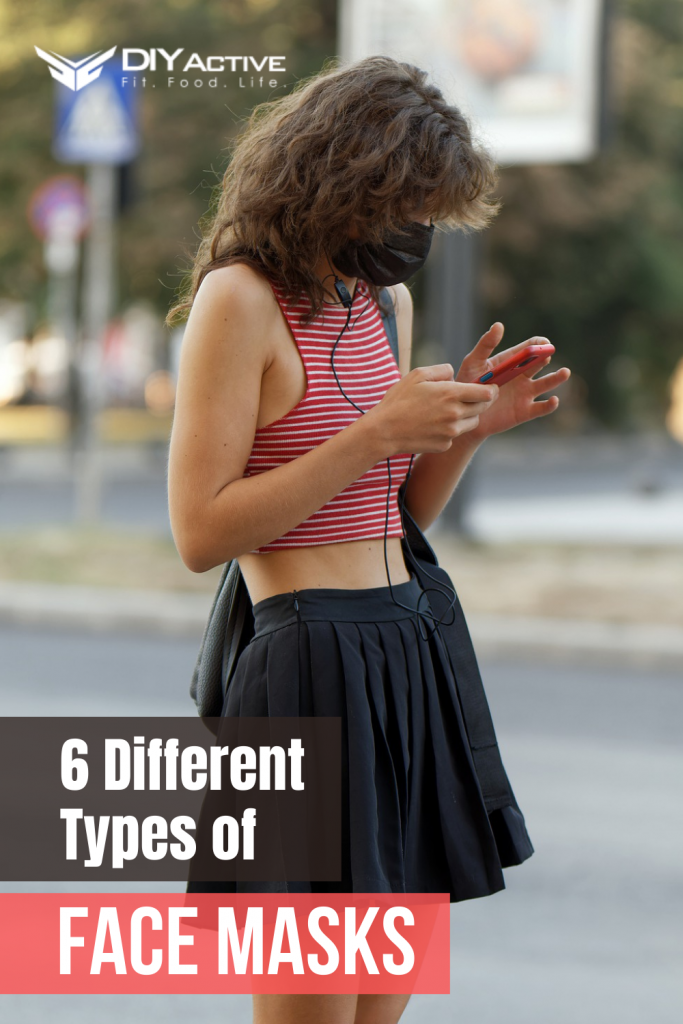Types of Face Mask for Different Purposes
Face masks come in different shapes, forms, and compositions, and their functions are highly determined by the material from which they are made. For example, there are face masks whose fabrics are meant to filter out respiratory droplets, while there are also those that are only meant to filter out dust particles.
Different Types of Face Mask
There are also face coverings that are made of synthetic fabric with looser weaves and are not as effective in blocking pathogen transmission as they are in protecting the wearer from the harsh effects of sunlight.
If you’d like to learn more about the different types of face masks, you’ve come to the right place online. We’ll fill you in on the most basic types of face masks and their primary functions.
1. Cloth Face Masks
Cloth face masks are reusable face masks that are made of fabrics. They are easily washable, and unlike most other face masks, they can withstand repeated use. This means they are also generally seen as more environmentally friendly since the products are not disposed of after just one use and don’t end up in the waste stream as quickly as disposable masks.
Buying antimicrobial cloth face masks is also encouraged to minimize the burden on the supply of surgical masks and respirators, which are greatly needed by workers in healthcare settings.
After all, cloth masks are often enough for everyday use, provided that people buy high-quality products that offer ample protection for themselves and for others. Cloth face masks are recommended for use in well-ventilated places or in general community settings, for example.
A good cloth face mask should fit snugly around the face, and the fabric should be composed of several layers of tightly woven textiles. However, it is important to note that they are not intended to replace surgical masks or respirators in places where there is a high risk of acquiring infections, such as in hospitals.
2. Surgical Masks
Surgical masks are also called medical-grade masks. These are masks used by doctors and other healthcare professionals in intermediate-risk settings such as in hospitals and places with low ventilation. Surgical masks are made of two layers of non-woven fabric and a filter layer in between.
They can filter out up to 60% of large microbial particles and help block contaminated splatters, sprays, or splashes. Surgical masks also keep your saliva and mucus from reaching other people.
Surgical masks are not reusable and must be properly disposed of immediately after use. The masks should be discarded when they have been soiled, deformed, or damaged in any way as this could compromise the masks’ ability to stop pathogen transmission.
3. N95 Respirators
N95 respirators are face masks used primarily in high-risk healthcare settings and by people regularly exposed to airborne or droplet transmission.

Unlike surgical masks which are loose-fitting, respirators are tight-fitting and form a close seal around the mouth and nose, effectively preventing aerosol and fluid secretions from being exchanged.
In most cases, respirators are non-reusable and must be discarded immediately after use. They must be disposed of when the seal is no longer tight, when they have become deformed or have been torn apart, or when they have become contaminated with secretions.
However, in cases where there is a limited supply, n95 respirators can be reused as long as they are properly sanitized and stored.
4. Exhalation Valve Masks
Exhalation valve masks are face masks with built-in exhalation valves or vents. They are similar to other face masks in that they help protect the wearer from inhaling potential disease-causing pathogens or other toxic inhalants because the valves close upon inhalation. The valves also make breathing easier for the users.
Exhalation valve masks, however, are mainly intended for industrial workers who are constantly exposed to dust particles and chemical pollutants.
The Centers for Disease Control and Prevention does not recommend using exhalation valve masks in areas with a high rate of disease transmission because these masks allow pathogens to pass through the valve opening.
5. Neck Gaiters
Neck gaiters are a type of face mask commonly used by cyclists, runners, and other outdoor enthusiasts. They are made of synthetic fabrics and are worn around the neck, and are primarily designed to provide protection against sunlight.
Neck gaiters do not have filters or multiple layers of fabric that can block the transmission of microbes and thus, they are not very effective in preventing the spread of infectious diseases.
6. Bandanas
Bandanas are triangular or square protective pieces of cloth usually made of light woven cotton. They are multi-purpose items and are typically worn by individuals around the head to prevent sweat from dripping down their faces.
They can also serve as a covering for the mouth and nose to prevent dust particles and respiratory droplets from being inhaled by the wearer.
Bandanas can reduce the distance traveled by respiratory droplets from 8 feet to about 4 feet, but they are not as effective as surgical masks or respirators in stopping pathogen transmission and must not be used as a substitute for these masks.
Wrap-Up
It is important to learn how these face masks differ in order for one to know when it is appropriate to use them and how to get the most out of using them.
Wearing the right kind of mask in various settings can help protect you and your loved ones from acquiring infectious diseases, inhaling dangerous particles, or being exposed to the elements.